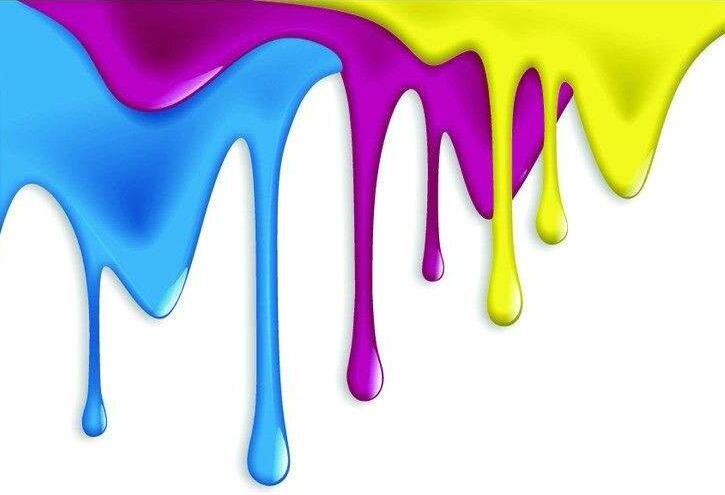
Paint is a very common thing that every consumer knows deeply, but many consumers still know very little about paint, including some bosses who have been selling paint for more than ten years, who are not very familiar with the hazards of paint.
The paint can only be checked in one month after painting. Consumers think that the paint is not toxic at this time, but this is actually wrong. The absence of a pungent smell only means that the formaldehyde volatilizes to a level acceptable to human physiology. The benzene, toluene, and free TDI contained in the paint curing agent and thinner continue to volatilize. It will take at least several decades for these things to completely volatilize, and these aromatic hydrocarbon substances are for babies, children and unborn children. It has a great influence on the intellectual development of humans. Free TDI also has the risk of causing cancer. In developed countries such as Europe, the use of paint has long been banned.
Water-based paint is an environmentally friendly variety, which represents one of the development trends of the paint industry. The development of water-based coatings needs to consider the environmental temperature and resistance to stress changes. This is because water-based coatings are easily affected by the environment during the film formation process. We must have a better grasp of the application effects of water-based coatings. So how much do you know about water-based coatings?
Advantages of water-based coatings:
- Water-based paint uses water as solvent, saving a lot of resources; water-based paint eliminates the risk of fire during construction; reduces air pollution; water-based paint uses only a small amount of low-toxic alcohol ether organic solvents, which improves the working environment. Generally, the organic solvent of water-based paint (accounting for paint) is between 10% and 15%, but the current cathodic electrophoretic paint has been reduced to less than 1.2%, which has a significant effect on reducing pollution and saving resources.
- Water-based paint can be applied directly on wet surfaces and humid environments. The water-based paint has good adaptability to the surface of the material and has strong coating adhesion.
- Water-based paint coating tools can be cleaned with water, which greatly reduces the consumption of cleaning solvents.
- The electrophoretic coating film of water-based paint is even and smooth. The flatness is good; the inner cavity, the welding seam, the corners and the edges can be coated with a certain thickness of coating film, which has good protection; the electrophoretic coating film has the best corrosion resistance.
Environmental and health impact-obvious advantages:
The volatile content of water-based paint is more than 96% water, and some varieties have reached more than 99%. The hazard to the environment is much less than paint. Compared with benzene, esters, and ketones, water is harmless to the human body.
Painting cost-potential advantages:
Many people simply think that water-based paint is more expensive than paint based on the unit price of the paint. In fact, using water-based paint can save money.
Low flammability (can reduce insurance and safety costs), less indoor ventilation (can reduce energy consumption), and no solvent and cleaning agent costs. With the popularization of water-based resins, the price of water-based paints will also drop. Therefore, the cost advantage of water-based paints will be more obvious.
